The ‘Long Night of Architecture’ is one of the more quirky features that make up the well-established BAU show in Munich.
The ‘Long Night’ consists of a tour of the Bavarian capital and its architectural and infrastructure highlights, this year taking in over 70 buildings and projects by shuttle bus or on foot. En route to the buildings, architecture students give short introductions to the forthcoming architectural gems, including Osram Lighthouse, Skyline Tower, the bread factory of Aumüller bakery and perhaps slightly more unconventional beauties like BMW’s
truck logistics administration centre.
Quirky the ‘Long Night of Architecture’ may be, but it is also exceedingly popular – over 35,000 architecture fans took part this year despite icy temperatures, for the tour’s fourth outing at BAU. Those are the kind of numbers most shows would happily sell their grannies for, let alone
tours, but all of BAU’s numbers are suitably impressive, not least those associated with its international standing.
CONSTRUCTION BOUNCE BACK BOOST FOR BAU
BAU is pitched as the world’s leading trade fair for architecture, materials and systems and it has the statistics to prove it. For the first time, 80,000 of the 250,000 visitors came from abroad (72,000 in 2015). Exhibitor records were broken too, up to 2,120 exhibitors from 45 countries. 200,000 square meters have been allocated for the show’s next iteration in 2019, up from 185,000 this year. There will be two new halls for 2019 too.
BAU’s boom in numbers has coincided with increased optimism in Germany’s construction market after a flat period. It is a view shared by Dieter Schäfer, Chairman of the BAU Exhibitor Advisory Board and Chairman of the Board of Deutsche Steinzeug Cremer & Breuer, Germany. He said in a post-show statement: “The current positive state of the economy certainly contributed to the success of this year’s fair. It was also clear that interaction between exhibitor and visitor quality with support from the fair’s attractive range of services is BAU’s recipe for success.”
The revival theme was also picked up by Dr Barbara Hendricks, Germany’s Federal Minister for the Environment, Nature Conservation, Building and
Nuclear Safety (BMUB), who officially opened BAU 2017.
In Hendricks’ opening speech, she referred to the construction industry as an “essential industry” for key social functions, adding that Germany is, “on the right track” with housing construction initiatives and, “after years of stagnation, we have seen the trend turn around”.
It wasn’t just Bundestag officials speaking out at BAU 2017. Presentations took place in the centre of the exhibition halls covering topics including the digitalisation of planning and construction, modular serial construction and the topic of ‘smart’. The Forum in Hall B0 also had an additional focal point for practical solutions for restoring and modernising buildings.
Taking place every two years, plenty of familiar exhibitors from the related worlds of fasteners and tools exhibited this January, including Akkim, Beck, Bosch, EJOT, Eurotec, Festool, Fischer, FLEX, HECO-Schrauben, Hilti, KLIMAS, Milwaukee, MKT, Mungo, Nord-Lock, Prebena, Reisser, Soudal, Tecfi, Teckentrup, tesa and TOBSTEEL, among others.
Construction manufacturers from other sectors joined in the BAU fun too. Francesco Bigoni, Marketing Director, Scrigno Holding in Italy, said: “In our opinion, BAU is the most important event in Europe when it comes to bringing manufacturers together with experts in the construction industry.”
SHANGHAI SPIN-OFF
Perhaps inevitably, the success of BAU has spawned a spin-off. Messe München subsidiary Messe München Shanghai has acquired Fenestration China, Asia’s exhibition for windows, doors and facades. This will now form the core of the new Fenestration BAU China and will incorporate other segments from BAU in Munich. They’re not wasting any time – the first Fenestration BAU China will run in Shanghai over 7-10 November 2017.
Fenestration China dates back to 2003. Last held in November 2016, it boasted over 500 exhibitors and over 100,000 square metres of space. Over
80,000 visitors made the trip, according to the official stats.
“To us, merging with BAU was always the desired solution,” said Cathy Peng, General Manager at Beijing International UnionExpo. “Now Fenestration China’s quality standard can be effectively applied to several other relevant BAU sectors.”
There’s plenty of growth potential for the revamped show in Asia, according to Dr. Reinhard Pfeiffer, MD at Messe München: “We are proud of the fact that BAU in Munich has developed into the world’s largest trade fair for architecture and building materials. Acquiring a majority share of the most important exhibition for windows and facades in China gives us a chance to establish a trade show with a format that is similar to that of BAU in Munich in the largest construction market in the world.
“The show will focus on sustainability and quality during planning and construction. And it will be modelled after BAU in Munich. Together with
founder Cathy Peng and her team, the show will be expanded by adding segments for roof elements, building automation and insulation materials.”
BAU returns to the Messe München Trade Fair Centre from 14-19 January 2019.
TOP 10 VISITORS
Based slap bang at the heart of the EU, naturally most visitors arrived at BAU from Europe. However the top 10 countries of origin did have three entries from non-EU countries, including: Turkey (3,055 visitors/2015: 3,716), Russia (2,868/2015: 2,500) and China. The already large number of Chinese trade visitors increased once again (2,235 visitors/2015: 2,096), and China improved its ranking in the Top 10.
This article originally appeared in the February edition of Torque Magazine. Read the magazine in our archive and subscribe for free here.

